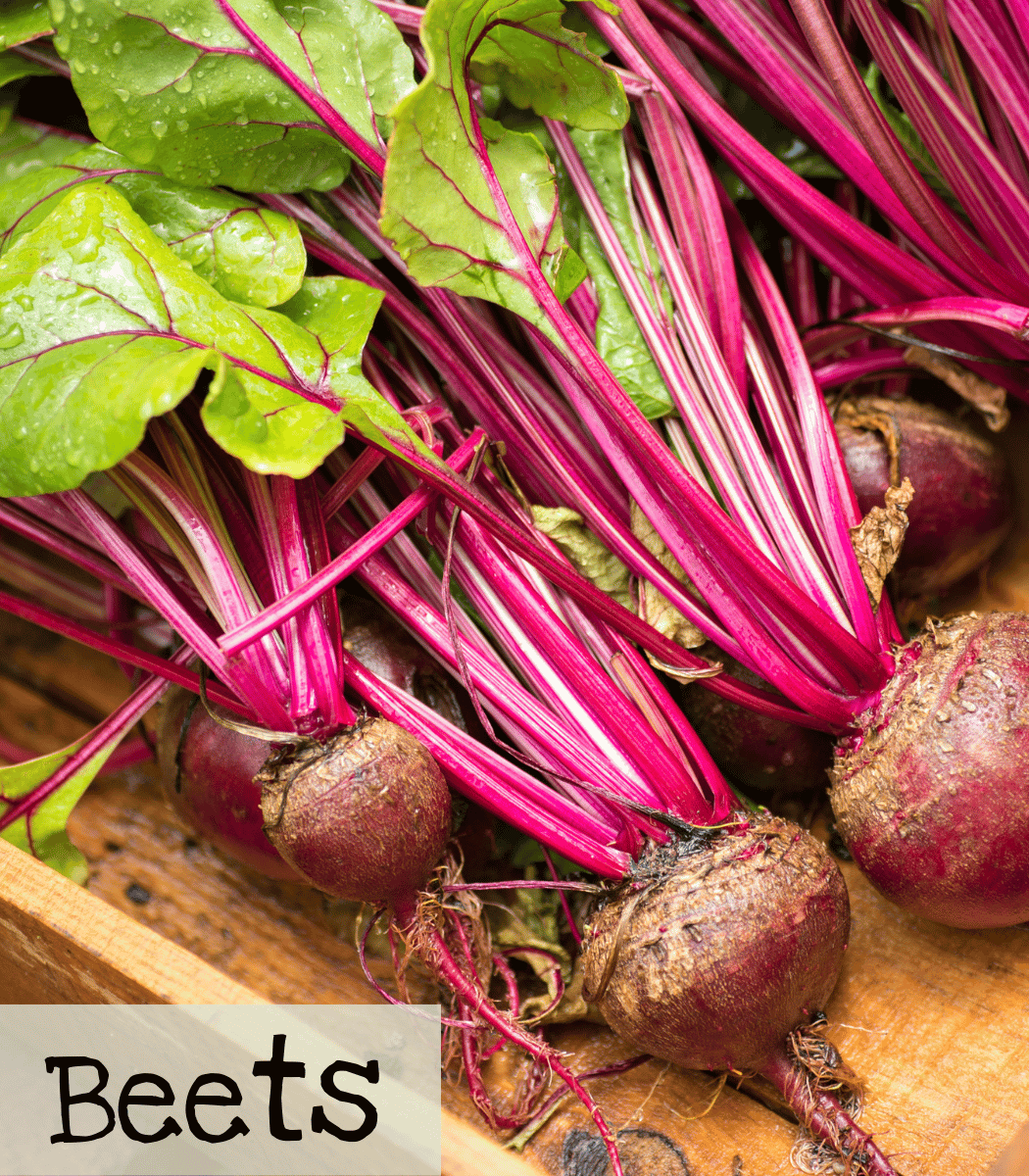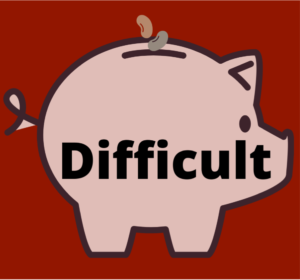
Beet
Rich in antioxidants, beets are a root crop that can be picked, roasted, steamed, or eaten raw.
|
Cylindra; Detroit Dark Red; Detroit Supreme; Jupiter |
|
Beta vulgaris |
|
Intermediate |
|
Difficult |
|
5 years if stored properly |
|
Biennial |
|
7-14 days |
|
Soak overnight |
|
Surface sow |
|
8-12” depending on variety |
|
Seeds need light to germinate. Full sun. Will tolerate part shade |
|
50-56 days |
|
February and August |
|
Yes |

Growing Tips

When to Start
Spring: Direct sow 3-4 weeks before the last frost. (Feb 14-April 1 GA)
Fall: Direct sow 6-8 weeks before the first frost. (Aug 1-Sep 20 GA)
How to Start
Like other root crops, beets don’t transplant well and should be directly sown. Soak seeds overnight to aid germination. Direct sow in full sun in spring or fall by gently pressing into the soil. They can be lightly covered by soil, but they need light to germinate. Plants will tolerate partial shade, but maturating will be delayed.
Plant in rows 1 to 2 inches apart. Plants should sprout in 7-14 days. For a continuous supply, plant each planting about three weeks apart.
Care
Beets like cool weather and do best in deep, well-drained soil. Mix clay soil with organic matter. Hard soil can cause the roots of the beet to be tough and misshapened. Don’t over water as saturated soil will cause the beets to rot. Mulch to surpress weeds, maintian soil moisture, and protect from cold weather. Row covers might be needed to protect from late freezes.
If slugs or snails are a problem use crushed egg shells as a barrier.
Harvest
Harvest them 7 to 8 weeks after the planting of each group. When the beets have reached the desired size, gently dig them up from the soil. Beet greens can be harvested as well. Harvest these while the beet is young and the root is small.
Pro Tip!
Incompatibles: Mustards
Grows well with: All brassicas like (kale and broccoli) head lettuces
Seed Saving

Isolation Distance
Beets are biennial and wind-pollinated. Beets will cross with other Beta vulgaris like Swiss Chard and should be separated by a mile. Plant at least 20 plants for healthy genetic diversity.
Instructions
Beets require vernalization (the process of overwintering). They will flower in the second year.
Seeds ripen at the base of side shoots first, then progress to terminal points. Color changes from green to brown as seeds ripen.
Harvest time is difficult to identify. Cut open a sample seed to gauge maturity. Unripe seed is milky; ripe is mealy. When seeds are ripe, cut off the top of the beet plant and hang it upside down in a cool dry place. The seed can then be stripped from the dried foliage by winnowing or by hand.
Features
- Cylindra: Heirloom. A cylindrical-shaped beet from Denmark. Good for slicing. This beet has smooth-textured, sweet, tender flesh.
- Detroit Dark Red: Heirloom. Sweet and tasty fruit that is smooth and blood red.
- Detroit Supreme: Heirloom. It has better disease resistance and smooth skin.
- Jupiter: Deep red beets with tender, delicious flesh.

Beets are biannual. They will flower and produce seeds in the second year. They require vernalization (the process of overwintering).
